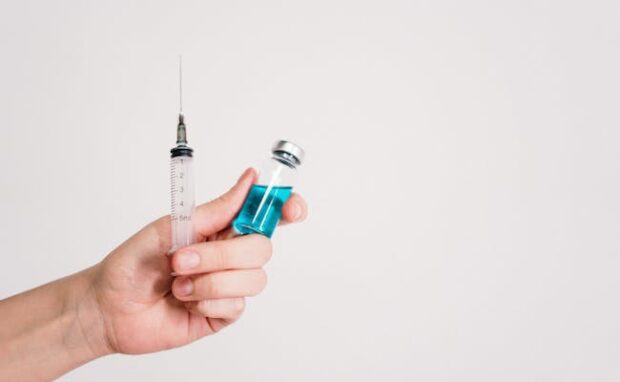Nanotubes could kill cancer and heart disease
Michigan State University Associate Professor Bryan Smith says nanoparticles could be the key to beating heart disease and cancer. He also says many drugs and therapies target the common causes of these health conditions. That is why nanotubes can carry drugs and enter tumors to destroy tumors and plaque debris.
Medical research teaches us that we must target the causes of illnesses to cure them thoroughly. Eventually, we learned that some illnesses share the same causes, meaning we could make medicines that treat both diseases. As a result, we can create more powerful drugs against the two biggest killers in the world: heart disease and cancer.
This article will discuss how nanotubes could beat cancers and cardiovascular diseases simultaneously. Later, I will elaborate on other breakthroughs that could facilitate treatment.
How can nanotubes beat these diseases?
Professor Bryan Smith said nanotubes can enter specific immune cells, traverse the bloodstream, and enter tumors as a Trojan horse. Nanotubes are minuscule particles made of carbon over 10,000 times thinner than human hair.
Researchers can load anything into them, such as drugs and imaging contrast agents. Smith and his research team have been studying whether nanotube-loaded immune cells can deliver treatments to heart disease plaques.
They could load nanotubes with a therapy that causes immune cells to “eat” plaque debris and reduce size. Also, specifically delivering drugs to those immune cells reduces the risk of unintended effects.
You may also like: Vibrating pill tricks you into feeling full
Nanotubes can also improve cardiovascular disease diagnosis by highlighting plaques. These nanoparticles can also enter tumors by squeezing through openings in new blood vessels grown in inflammatory conditions.
This process is called the enhanced permeation and retention effect, where larger molecules and nanoparticles build up in tissues with leaky blood vessels and remain there. Researchers take advantage of this phenomenon to improve drug delivery for cardiovascular disease.
Other medical breakthroughs

Researchers from the University of Carolina, Chapel Hill, created a robotic needle that can move through living tissue to reach a specific target inside a human body. That means it could be an alternative to nanotubes.
The UNC Chapel Hill website said developing the steerable needle was a multidisciplinary effort involving physicians, computer scientists, and engineers. Computer science professor Ron Alterovitz and his team said it boosts accuracy by taking over human control.
“Commercial medical robots sold today are typically teleoperated, meaning a human is always directly controlling every motion,” said Alterovitz.
“By leveraging the power of robotics and AI, we developed a robot capable of autonomously steering needles to targets in living tissue with unprecedented accuracy and safety.”
Needles are essential for directed drug delivery, localized radiation cancer treatment, and biopsies. They are minimally invasive, reducing patient pain and recovery time.
AI makes the robotic needle more accurate than most humans, ensuring the metal doesn’t puncture vital body parts. The best part about this technology is its creators tested it on arguably the most challenging human organ for surgeons: the lungs.
Our air pumps consist of a tightly-compacted mesh of air veins and sacs called bronchi and alveoli, respectively. Moreover, the organ constantly expands and contracts, changing the position of these minuscule parts constantly.
You may also like: Vibrating molecules destroy 99% of cancer cells
Driving a needle through will likely punch a hole into one of those air vessels. Consequently, the researchers created 3D lung models using a human subject’s thoracic or chest cavity.
Then, they used this simulation to train their AI software. Eventually, it learned how to automatically travel from one point to another in the organ without damaging important structures.
“It’s akin to a self-driving car, but it navigates through lung tissue, avoiding obstacles like significant blood vessels as it travels to its destination.” The UNC Chapel Hill website said the team is improving the robotic needle so it’s ready for clinical use.
Conclusion
Nanotubes could treat cardiovascular conditions and cancers simultaneously. They could carry multiple drugs into tumors and plaques to destroy them.
Professor Bryan Smith said he and his team have researched better drug delivery systems for 20 years. They believe a medicine could treat both diseases due to their common causes, but they need further study.
Learn more about these nanotube applications in Nature Nanotechnology and The Journal of Immunology. Check more digital tips and trends at Inquirer Tech.